On April 28, 2023, communities across the U.S. will come together for Workers’ Memorial Day to mourn workers killed on the job and advocate for safer working conditions.
Workers’ Memorial Day commemorates the enactment of the federal Occupational Safety and Health Act (OSHA), promising every worker the fundamental right to a safe job. The law’s passage in 1970 resulted from the tireless efforts of workers, unions and social justice activists who organized for safer working conditions and demanded action from the government to protect working people.

Jessica E. Martinez, Co-Executive Director, National COSH
More than 50 years later, workers, families and organizers with WKKF grantee National COSH (Council for Occupational Safety and Health) continue to work hard to make that promise a reality, winning power and protections that make jobs safer, save lives and allow families to thrive.
Yet there are still significant gaps and disparities in worker health and safety in this country. Every year about 5,000 workers are killed on the job and 3 million seriously injured, disrupting the livelihood of countless families and children.
We sat down with National COSH’s Co-Executive Director Jessica E. Martinez to learn how they commemorate workers on April 28 and the week leading up to this day.
Q: Why is Workers’ Memorial Week important for the worker health and safety movement?
No one should die during the simple act of trying to earn a living. National COSH’s network of 26 grassroots worker organizations, their worker leaders and allies, work year-round to build worker power and voice to ensure safe and healthy workplaces.
During Workers’ Memorial Week, we renew our commitment to promoting the leadership of people in unsafe jobs who face the greatest oppression and exploitation, including Black, Brown, immigrant, women and youth workers. These are the essential frontline workers who provide the goods and services that keep our communities running.
For people across the country who’ve lost loved ones, co-workers or community members to dangerous working conditions, the week around Workers’ Memorial Day (April 28) is a time to grieve – and to find healing in community and collective action. Workers and communities across our movement join rallies, memorials, candlelight vigils and calls to action.
Q: What happens to families when a parent, family member or caregiver is injured or killed on the job? In contrast, how do workplace protections help children thrive?
I’ll never forget Jenifer Enamorado Ayala speaking about her 16-year old brother Kike Ramirez, who was killed at a Nashville construction site. It didn’t have to happen. Kike’s employers chose to train him for a job that was illegal for a child his age to do and had him working 120 feet in the air without a safety harness. It’s devastating.
Too many families – especially Black and Brown families – can relate to Jenifer’s pain. It is no accident that Latino, Latina and Black workers are killed on the job at higher rates than their white peers. BIPOC workers, including those in high-poverty communities, often hold the most dangerous and exploitative jobs. The emotional toll and economic fallout from these deaths are profound. Many families rely on crowdfunding services like GoFundMe to raise money to bury their loved ones, but afterward, they’re left with little to no income, creating snowballing financial challenges over generations.
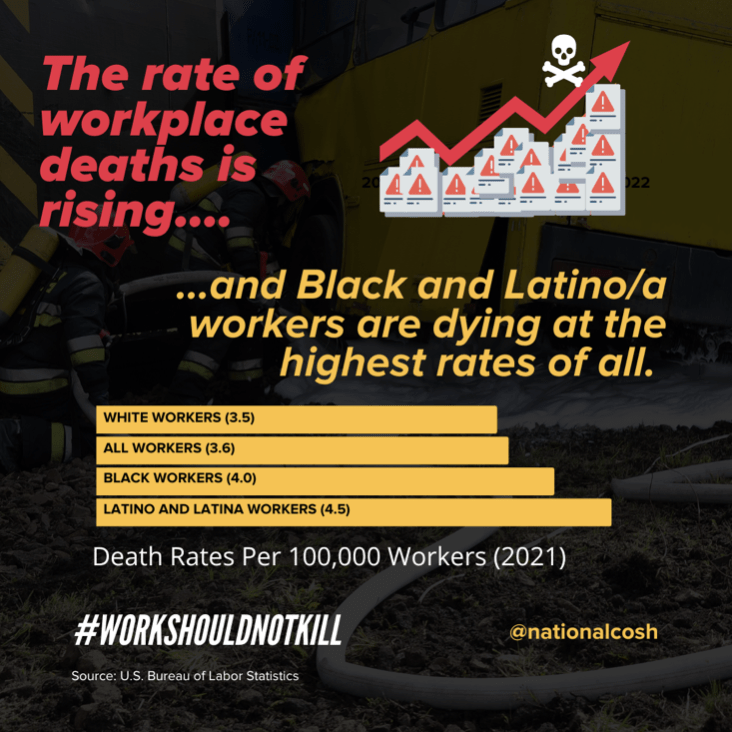
Fatality rates, 2021. Source: US Bureau of Labor Statistics
Injured workers and their families also suffer from a broken workers’ compensation system, which protects employers from legal liability while inadequately supporting workers and families. The federal government’s own analysis shows that workers bear 50% of the costs of being injured out of pocket. The system is so dysfunctional that less than 40% of workers who are eligible for workers’ compensation even apply. Workers who return to jobs also typically make less money in the following years and manage higher medical bills.
Everything changes for families after a workplace death or injury. But for employers, nothing changes – unless workers and families can take action and demand accountability.
Kike Ramirez’s family fought alongside our COSH affiliate in Tennessee, Workers’ Dignity, and won the state’s largest-ever penalty for a worker death. Still, it was $20,000 for a company with an annual revenue of over $4 million. Is that all we think a human life is worth?
“No safety guidelines, no training, they just placed him on the conveyor belt. Nineteen years old… he has broken every bone in his arm. I mean, when does this stop?…I don’t want this to happen to anyone else’s grandson.”
– Rebecca Miles, Mississippi Workers’ Center for Human Rights, a National COSH affiliate
Q: What actions do we need to improve worker safety and health?
We have to tackle the structural and cultural barriers blocking workers from safe working conditions and allow workers to lead with their voices. We all have a role:
- Workers need to know about their rights and feel safe speaking out with their co-workers. That takes strong and active unions in workplaces as well as thriving, well-resourced justice organizations in communities that allow workers to learn, organize, advocate and support each other. Then workers can create health and safety committees, organize direct actions in response to hazardous conditions, form unions, and fight for stronger protections and enforcement.
- Government agencies must hold employers accountable for breaking the law and view workers as critical partners in enforcement. Real consequences for health and safety violations are rare. This will only change with ongoing reform of labor, employment and health and safety laws, along with resources to better staff labor enforcement agencies – and cultural changes. Even when government agencies are eager to deepen engagement with Black, Brown, Indigenous and immigrant workers, they often face linguistic and cultural challenges.
- Employers have a legal duty, under federal law, to provide a workplace free from recognized hazards. High-road employers recognize that legal and ethical obligation and also know it makes for better business. A successful labor-management program to improve safety reduces the suffering of workers and families ‒ and also can reduce lost time and costs for employers.
- Philanthropy must do more to support workers without onerous strings attached. Workers are organizing with more energy than we’ve seen in generations, with scarce resources, and often facing corporations with deeper pockets. Philanthropic dollars give our Black, Brown, immigrant, working-class and poor communities a fighting chance to build a voice and influence equal to that of their employers.
Q: What should we know about the power of workers’ voices in helping to ensure safe and healthy work conditions?
Workers know what keeps them safe. When workers have a voice and power on the job, everyone is much safer. Power disparities between workers and employers – that’s what we have to end in order to protect working people and their families from injury, illness and death. That’s also what will allow people to establish healthy, dignified, equitable working conditions that allow their families to thrive, not just survive.

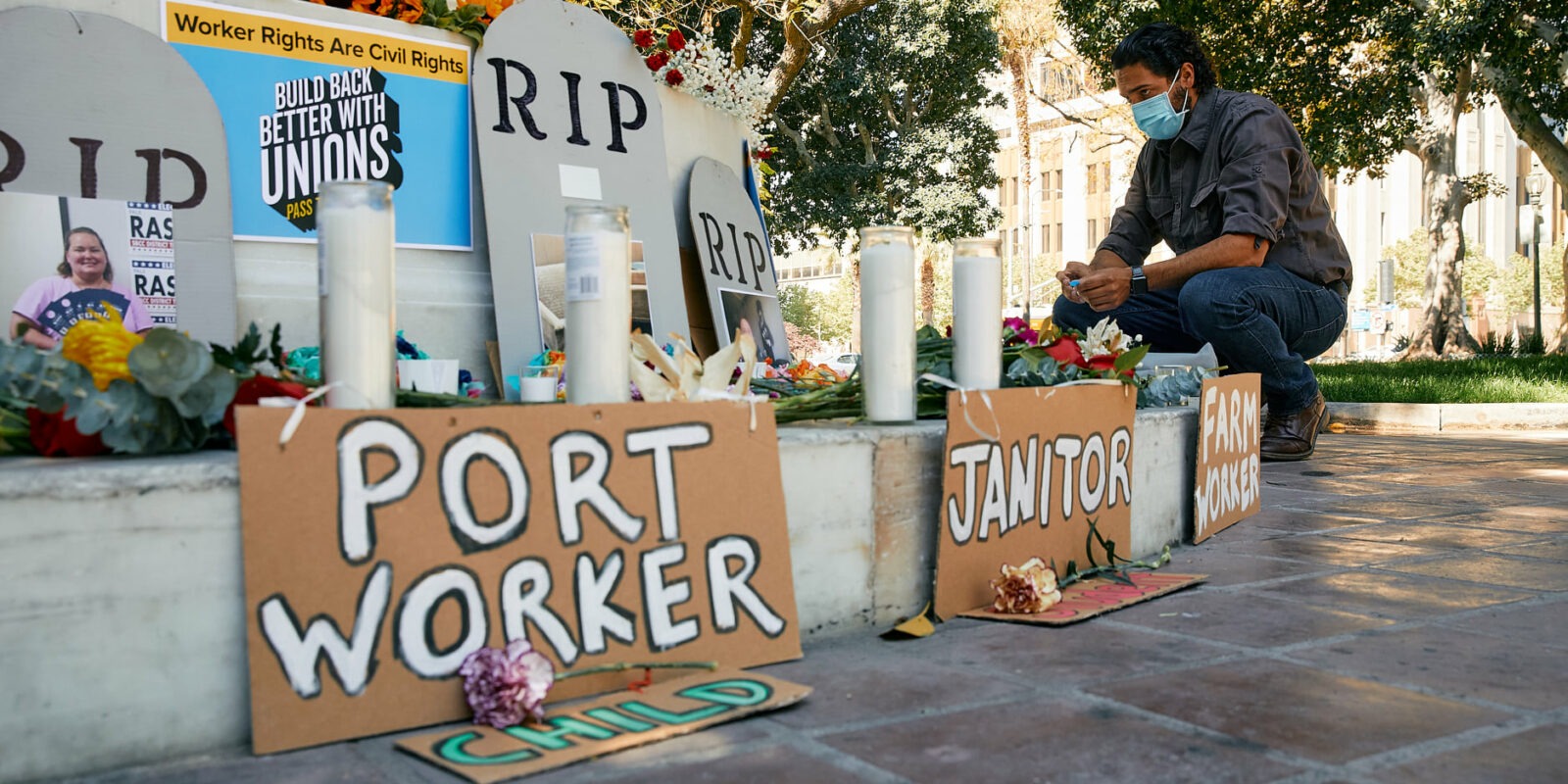

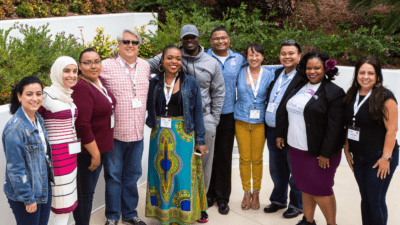
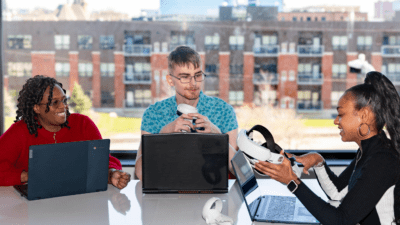
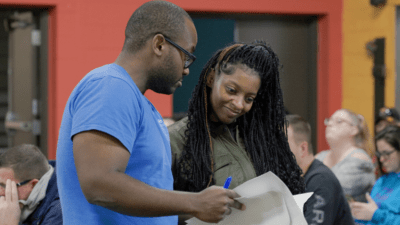
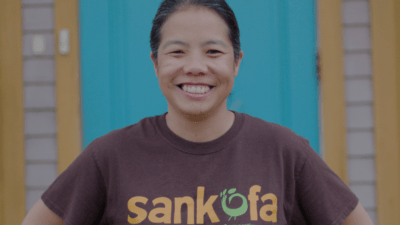

Comments